More than two dozen people — urban designers, real estate developers, researchers and more — envision the future of our built environment.
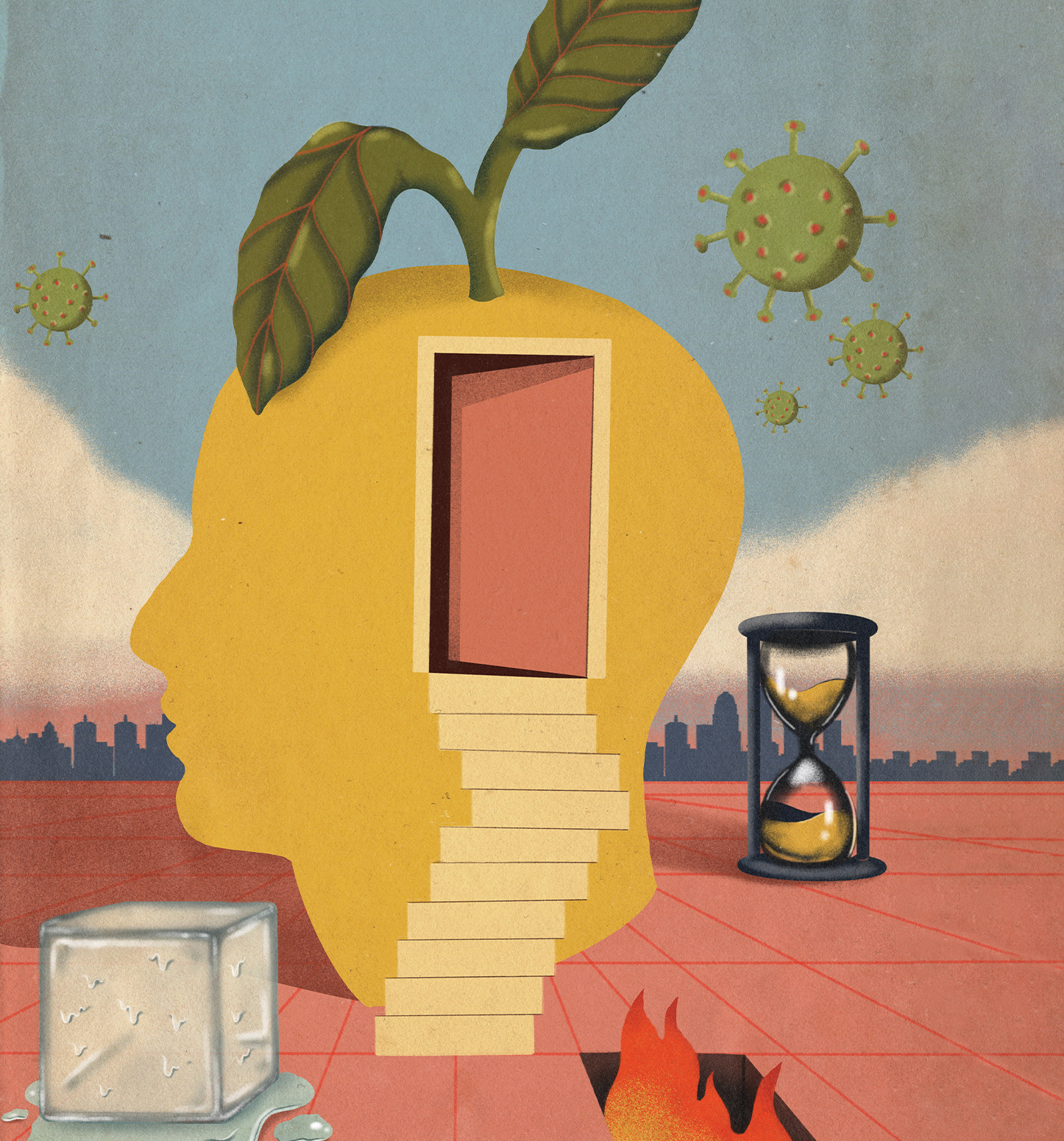
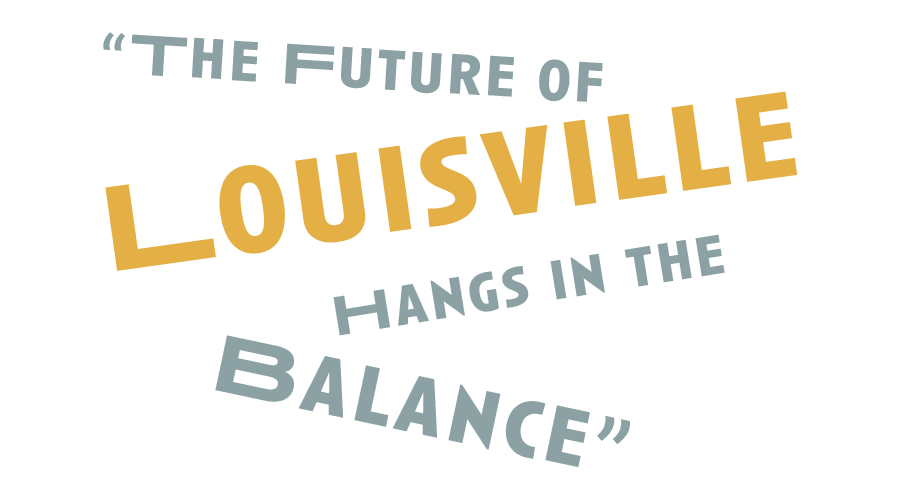
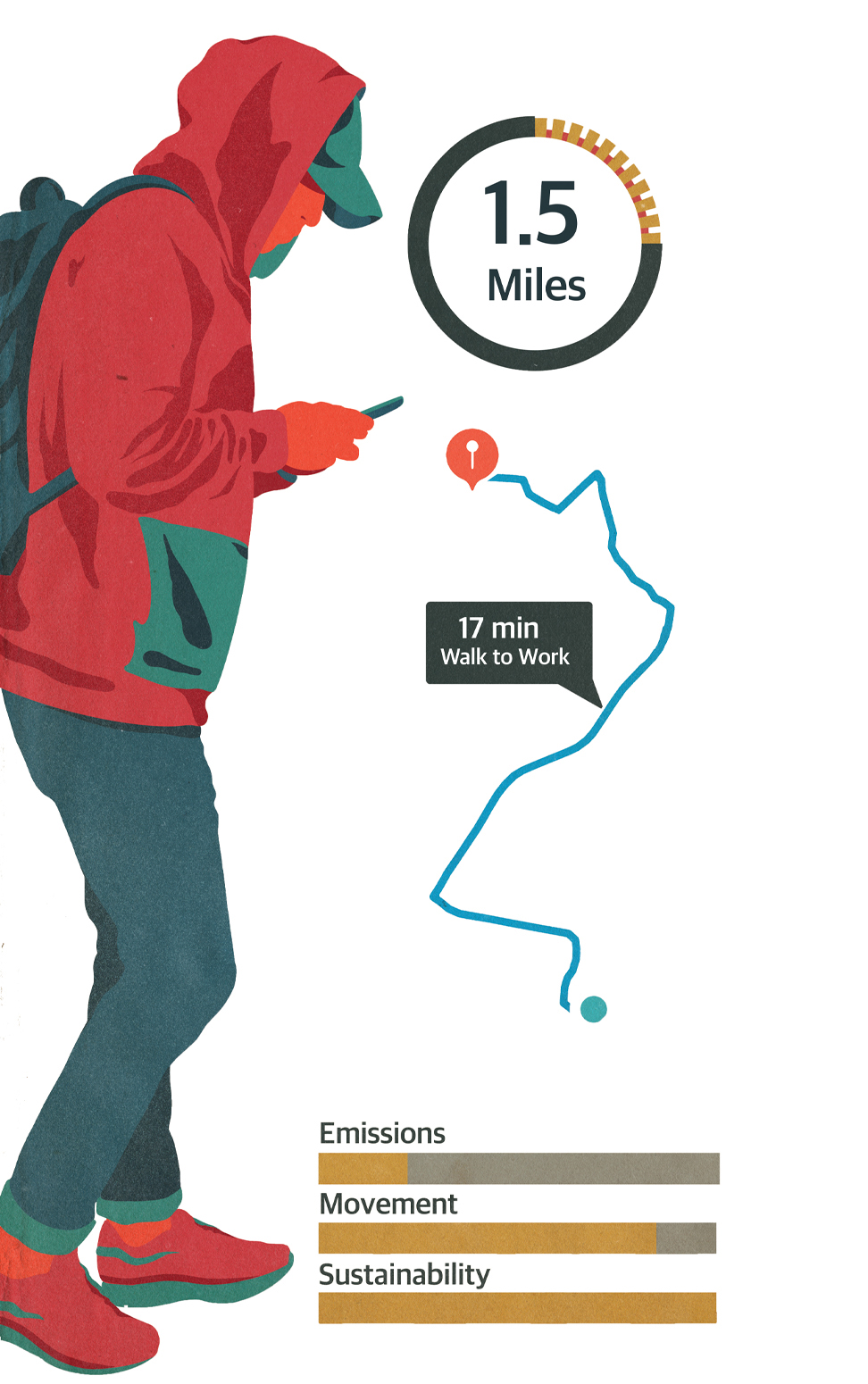
“Louisville has such strong neighborhood identities. If each of the historic neighborhoods focused on what makes it really valuable, and then the city were to focus on healthy links between those neighborhoods, you would start to web together a city of walkable districts. I envision a time when the youth of today could wake up on a Sunday morning and bike or take public transportation between their favorite five or six neighborhoods in a single day. Each district with its own shopping, parks, food and beverage, recreation, art, cultural heritage and natural character. Webs connecting webs.”
— Claude Stephens, director of outreach and regenerative design at Bernheim Arboretum and Research Forest, and director of the Children at Play Network, which is working to foster the next generation of environmental stewards
“I was in Germany and noticed that public parking was incredibly limited, and the cities were very pedestrian-friendly. As a result, people walked everywhere and felt safe doing so. They also had beautiful natural trails connecting various towns and communities.
“I would love to see Bardstown Road completely redone. It is too congested, parking is a nightmare and navigating on foot or bike can be hazardous. This is such a great connection road, and I’d like to see fewer cars and more trees.”
— Layla George, president and CEO of Olmsted Parks Conservancy
“When was the last time you literally touched the water in the Ohio River? We have a city that has been closing public pools for decades, leaving people, especially in our lower-income and Black neighborhoods, without access to refreshing water during our
hot summers, all while having 36 miles of waterfront that we could be putting to better use. The Ohio River touches eight different Metro Council districts, which include tens of thousands of people in neighborhoods with median household incomes ranging from $9,000 to $147,000. Our river edges have become the scoured and eroded banks of an industrial superhighway.
“So many times I have ridden my bike past men who are fishing on the banks of the Ohio River or Beargrass Creek trying to catch a meal. Often these same men are merely steps away from signs instructing them to not fish. MSD is making massive investments in infrastructure like the Waterway Protection Tunnel, but we need to do more. As a city, we need to prioritize and implement green infrastructure throughout our city to slow water down, clean it and help it drain naturally through our soil. We can clean rainwater by adding lush and beautiful landscapes that add value to communities and public spaces.”
— Louis R. Johnson, urban designer with Gresham Smith
“If the Parklands of Floyds Fork teaches us anything, it’s that Louisville can accomplish amazing things in 10 years’ time.
“Within the last few years, Louisville’s design leaders have come up with a great number
of bold visions to lift and strengthen our urban neighborhoods: expanding Waterfront Park to west Louisville, creating a system of parks along the Indiana side of the Ohio River, transforming the Ninth Street corridor into a linear park and re-imagining Beargrass Creek into a greenway and naturalized waterway.”
— Luis Huber Calvo, urban planner and designer at MKSK
“Perhaps the most significant opportunity for positively impacting Louisville’s physical environment to ensure functioning infrastructure, much less thriving neighborhoods, lies in rewiring the banking and payment system. A concrete example is the digital wallets on cell phones turning the un-banked into a peer-to-peer network, replacing predatory payday-loan services. I am particularly interested in my own neighborhood, the Fourth Street corridor off Algonquin between Churchill Downs and the University of Louisville. I’m renovating an old bourbon bar named after a horse (Whirlaway/Longtail), where you can catch a video chat with the person behind the Stanford Future of Digital Currency Initiative, create a playlist from a community-owned blockchain-based music platform, and cut it onto vinyl while you wait in the beer garden with a hard kombucha or a bitters and soda in your hand.”
— Joshua Rosenthal, former public school teacher and decentralized finance impact investor

“It is my hope that in 10 years we will see the major economic-development projects we are working on now come to full fruition. Projects like 18th and Broadway (where Passport Health Plan aims to resume stalled construction on its headquarters), Maple Street Park (MSD-owned green space in the California neighborhood), Rhodia (former chemical-operations site near downtown in the Park Hill neighborhood), Beecher Terrace/Russell, the Louisville Urban League Sports and Learning Complex, and the Urban Government Center will be game-changers. Developing and maintaining open space alongside these projects that creates connectivity would improve pedestrian- and bicycle-centered infrastructure and would help to eliminate useless large-scale hardscape (surface lots).
“Metro Council districts that include neighborhoods that were redlined should receive a greater portion of discretionary public dollars available for projects and programming. Denver has a .25-percent environmental tax to fund new parks and greenness.”
— Cindi Sullivan, executive director of TreesLouisville
“As people moved out of the city in the ’70s and ’80s, businesses moved in and started consolidating properties. Let’s revisit the original Sanborn (fire insurance) maps. Hundreds of urban parcels are now too large for individuals or small developers to tackle. If those were broken down and resold as smaller lots, it would bring more neighborhood-scaled development with more diverse mom-and-pop owners and further contribute to the
walkability of the city and its maker culture.”
— Jeff Rawlins, principal architect at Architectural Artisans Inc.
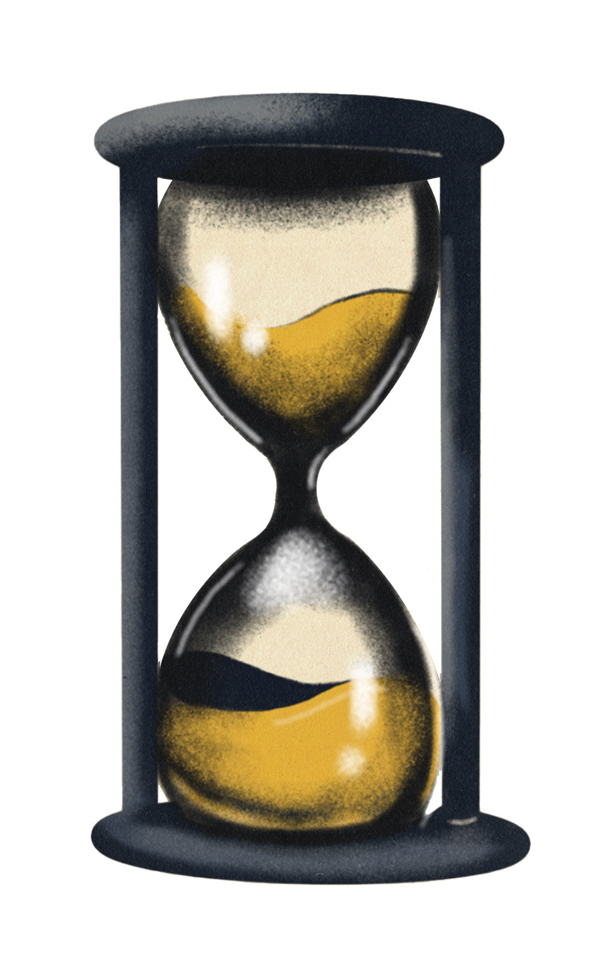
“The decisions societies make in the next decade will determine if the latter half of the 21st century is merely awful or thoroughly devastating. The city needs to prepare for heavy precipitation, more violent storms and frequent flooding. The Ohio River is also expected to be 30 percent higher on average by 2100 (according to a 2017 U. S. Army Corps of Engineers study), which will dramatically affect activity throughout the metropolitan area.
“Mandatory recycling of construction waste, limits on new development in outlying areas, incentives for energy-efficient retrofitting of existing buildings, prioritization of projects on parcels already served by basic infrastructure, and rapid adoption of renewable-energy systems are essential.
“The focus on entertainment venues — sports arenas, performing-arts spaces, hotels and restaurants — has been a revitalization recipe for U.S. cities since the Reagan era. The recent renovation of the Kentucky International Convention Center and the spate of hotel construction continues this trend. There is nothing inherently wrong with development of this kind, but the activities involved tend to be strongly affected by business cycles and insufficient to support vibrant commercial districts on their own. Now more than ever, meaningful efforts to plan what the center of Louisville can and should become are needed.”
— Daniel Vivian, chair of the Department of Historic Preservation, University of Kentucky

“Future cities will look a lot like what they did 100 years ago. Over the past 60 years, we have allowed cars to gobble up so much space. The entire realm of design is going to be focused on user experience — and that means more comfort. People like to be close to destinations, so urban centers will continue to thrive as long as people can get to destinations they need and do so intuitively while being comfortable and safe.
“Looking across the bridge at Jeffersonville and seeing that they have developed a magnet for businesses to generate revenue at the end of the Big Four bridge, it makes me wonder why we haven’t done something similar on this side of the river.”
— Mike Sewell, senior transportation engineer with Gresham Smith
“Louisville has many assets: strong neighborhoods, a plethora of parks and a beautiful year of four distinct seasons. And Louisville has many challenges: asthma, obesity, poverty, income inequality and segregation. On top of it all, by the end of the century, due to rising emissions, Louisville will be a much warmer and wetter place. The future of Louisville hangs in the balance of today’s decisions.
“We need to redesign our city’s roads. Roads are owned by the public — by you and me — and they constitute a massive amount of land. Are we optimizing the use of that land? Unfortunately, we are not. Our roads serve people who can afford a car and can physically drive a car. In other words, there are a lot of people left out of our current car-centric road design. Through the simple but radical act of making walking and biking safe and accessible, we could decrease obesity, asthma, poverty and unemployment.”
— Jackie Cobb works in sustainability consulting
“Ten years from now, as the next mayor comes to the end of her second term, significant investment in housing could make the downtown population — the Central Business District and adjacent neighborhoods — much more diverse and dense, with an array of home options in style and cost. Residents who live within the Watterson Expressway and within a quarter mile of public libraries and schools could have access to free, fast WiFi, made possible through contracts with utility providers that do business in our city.
“We are still a relatively new city under the complex merged city-county government (formed in 2003), with little analysis that points toward this being a better new system. As we look to transition both executive and legislative leadership over the next 18 months, it’s critical to understand the merger’s strengths and shortcomings. With a full analysis, I think it would be clear that we need to realign our priorities to meet calls to close the racial wealth- and health-equity gaps across the city.”
— Cassia Herron (who regularly contributes to Louisville Magazine) is an urban planner with expertise in food-system planning and community development
“Almost every other city our size and larger, and some smaller, have implemented ‘slow streets’ — closing blocks to cars and opening them up to walkers and outdoor dining. We just haven’t done anything like that here; Monnik Brewing Co. is maybe the closest thing. Those roads should be everywhere. San Francisco closing its business streets to cars is huge, and making it for buses and bikes has worked out so well. It’d be like us closing Broadway or Eastern Parkway to cars.”
— Michael Schnuerle was Louisville’s first chief data officer in the Office of Civic Innovation and Technology
“Having worked on the Parkland Neighborhood Plan in west Louisville, I would love to see Parkland become a robust mixed-use corridor, with affordable housing replacing vacant properties, old industrial properties finding new purpose, gorgeous tree-lined streets and a renewed town center at South 28th and Dumesnil streets.
“The High Line (elevated greenway along a former railroad) in New York is a truly inspirational example of transforming antiquated infrastructure into a significant asset. I would love to see Beargrass Creek become a bike and pedestrian corridor, connecting so many urban neighborhoods and stretching between the Louisville Zoo and the Ohio River.”
— Kristin Booker, landscape architect and urban designer at Booker Design Collaborative
“Today’s Land Development Code employs a caste system to ensure racial segregation, so I should be a realist and say we will be even more segregated as the population of people who are Black or Latinx grows. Only, I refuse to be that fatalistic. Right now, we are engaged in a year-long process to bring equity to our Land Development Code. Let’s rid the process from the stranglehold of developers. There is a reason they are not named ‘equity and healthy environmental planners.’ That is not their job, yet they retain such power that sound planning is almost impossible.”
— Cathy Hinko, retired Metropolitan Housing Coalition director
“In 10 years, Waterfront Park will be 22 ½ acres larger with the completion of the Phase IV expansion between 10th and 15th streets, extending public open space and uniting downtown and west Louisville along the waterfront.”
— Chris Jones, corporate attorney and board chair of the Waterfront Development Corp.
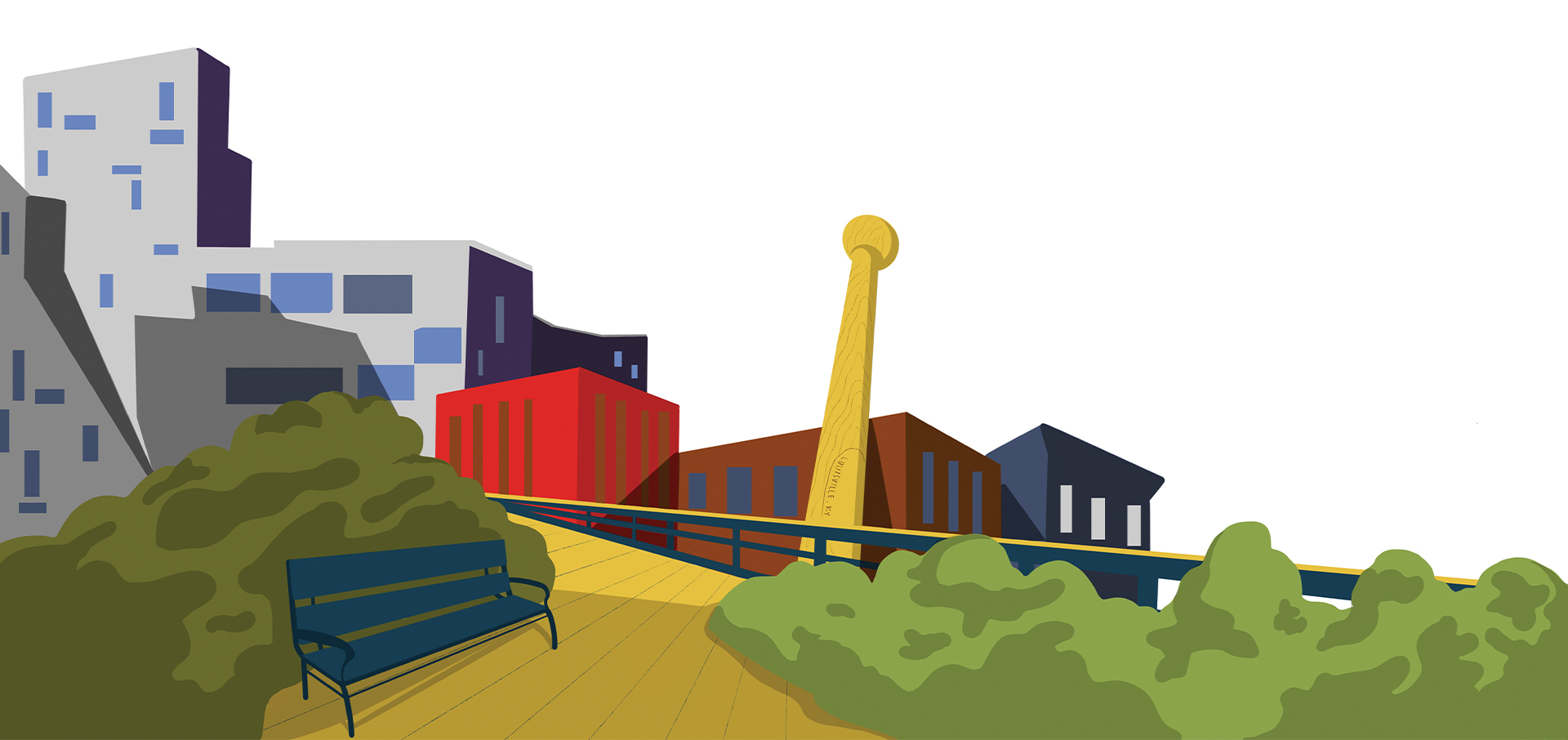
“Louisville can make a tremendous amount of progress in the next 10 years if we shift our development efforts from the suburbs and exurbs to our urban core. TARC recently took the lead by refocusing its resources to improving transit service essentially inside the Watterson. But that is just a first step. Louisville needs to establish an urban-growth boundary like Lexington and Portland, Oregon, have done. It is a fool’s errand to endlessly stretch our limited urban services to car-dependent subdivisions ever farther out into the surrounding farms, forests and fields that ought to be sustaining us.”
— Justin Mog, assistant to the provost for sustainability initiatives at University of Louisville
“The year 2020 marks the start of a steady decline in both the internal combustion engine and private car ownership. Many of today’s big automakers will go bankrupt in the next decade. Private car ownership will decline steadily as more people choose to save money and ‘right size’ their transportation needs with ridesharing, e-bikes and scooters, public transit — all of which will be electric. This transformation will seem gradual at first, but it is already having a profound impact on how cities around the world move and grow.”
— JC Stites is a tech entrepreneur and TARC board member. He was co-founder of 8664, a project that would have removed I-64 from downtown by realigning it over the East End Bridge
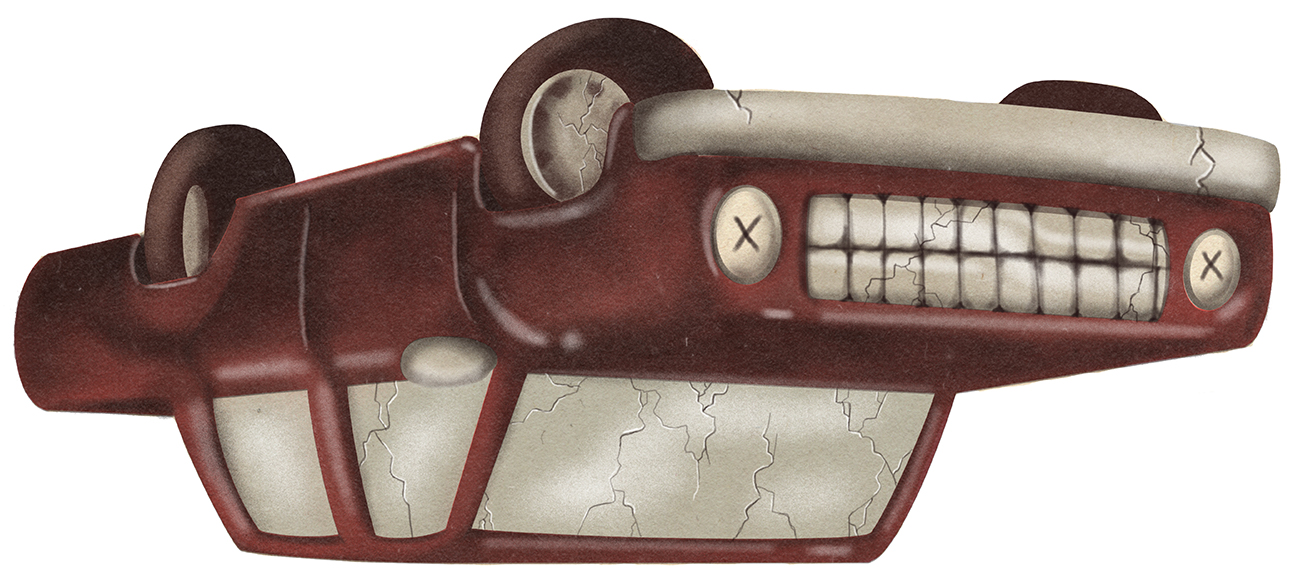
“Issues of housing affordability and fair housing are directly related to racial justice. Housing polices — including racist zoning ordinances, redlining and urban renewal —
have systematically discriminated against, excluded and disadvantaged Louisville’s Black communities. The work of groups like the Black Lives Matter Housing Team, Broken Hearted Homes Renters Association and the Louisville Eviction Lab are all organizing and building power among the people directly impacted by housing injustice.”
— Kelly Kinahan, assistant professor in the Department of Urban and Public Affairs at the University of Louisville, researches housing and community development
“(In 50 years,) Louisville leads a cohort — including Cincy, Indy and Nashville — in a pitch to host the 2080 Summer Olympics and a future World Cup. The track and field complex in west Louisville is linked to the rest of the city via a vibrant streetcar system. Shippingport Island hosts a renowned sculpture park to complement a hugely successful Origin Park on the Indiana side. A ‘green zone’ prohibits traffic downtown between First and 15th streets and Main Street and Broadway. With the layered tax incentive for artists and entrepreneurs — the focus on minority-owned business creation and promotion has brought Louisville a much more equitable society — Louisville mirrors some of the great pedestrian tourist meccas of great European cities. The Falls of the Ohio, after removing the dam, has become the world’s greatest whitewater sports center. Louisville and the three Indiana towns across the river combine into one megalopolis and secede from both states to form their own city-state.”
— Gill Holland, developer working in the NuLu and Portland neighborhoods
“The elephant in the room is, pre-COVID, people weren’t working from offices. That was a 10-year trend where companies were getting away from brick-and-mortar offices. How do we repurpose these facilities to represent the lifestyle of today as well as tomorrow? We’ve had projects we’ve been active with over the years, one of which is the Reynolds Lofts, which was a former Ford Model T plant built in 1916. That is now 70 condos near U of L. There was a building at Third Street and Broadway, the Fincastle building, that was once an 80,000-square-foot office building — Passport Health Plan was the primary tenant. That building now includes 40 apartments. There’s a grocery store on the first floor.”
— Gant Hill, broker at Gant Hill & Associates
“I would develop a pathway to Black homeownership for those who want to own, while simultaneously providing affordable housing in every ZIP code in our city. The city should deed over any title it has for residential property or areas zoned for residential to multiple affordable-housing developers. We should work with the PVA on a moratorium on tax increases for those living in redlined communities and, failing that, we should invest philanthropy — think of an endowment fund — to support the taxes of those in redlined communities. The point is to invest without displacement, while also providing ownership and reducing the concentration of poverty.”
— Sadiqa Reynolds, president and CEO of the Louisville Urban League, which is developing the West End Sports and Learning Complex
“We have more than 4,000 vacant and abandoned homes in the West End. Surely we can figure out a plan to improve those structures. For our very low-income residents, we could expand the Habitat model — everyone who works or provides in-kind labor for their home or unit would get a home and/or a place to live.”
— Evon J. Smith, OneWest president and CEO
“Parks were one of the few places that weren’t closed this year, where people could commune with nature, exercise and find peace in a chaotic world. We are exploring doing a citywide study on the state of our public parks and the surrounding communities, similar to what Minneapolis and Pittsburg have done. This will give us a roadmap for where dollars are invested. You can see investment in white areas, while parks in the West End have been left to disintegrate.
“Right now, we are working on a 25-acre property in the California neighborhood that was acquired (by MSD) with a FEMA hazard-mitigation grant. It’s been sitting for a decade now, since it flooded in 2009, and we have been brought in as a partner and are working with the California community to activate it as a new public park.”
— Brooke Pardue, Louisville Parks Foundation president and CEO


“Broadway is a connector between downtown and the east, west and even the south. It is not an attractive corridor today, even though it still has many attractive historic elements. I have seen where it was once referred to as the most beautiful residential avenue in the world. Louisville is in a national spotlight right now, and this road is an ideal candidate for (grant and revitalization) opportunities. This could represent a push toward a sort of unity and could be a positive memorial for an important pivot point in time. I don’t just mean that the road has to be physically amazing, but that improvement, combined with social and economic improvement, could be the reason people visit.”
— Heath Seymour, executive director of Vital Sites

“I am completely inspired by the River Heritage Conservancy project of 400-plus acres in southern Indiana — that will make this region an even more amazing place to call home.”
— Kasey Maier, Waterfront Botanical Gardens president
“The areas that I see as being really up-and-coming are: Smoketown, Shelby Park, Portland, parts of the South End and parts of the West End. From my perspective,
these places have mostly small and some medium developers who are taking interesting properties and transforming them into really cool projects. Specifically, Gill Holland’s work in Portland, as well as some smaller-scale projects like Josh Rosenthal’s restoration of the old Whirlaway Tavern in Old Louisville and developer Phillip Fowler’s home renovations in the West End. It takes people who live and/or work in those areas to take the lead and be the example of what good and thoughtful development can be.”
— Andy Blieden, developer

“A few years ago, I had the opportunity to collaborate on the redesign of downtown’s Jefferson Square — commonly regarded as our ‘official’ civic square and the epicenter of current demonstrations and rallies. It was a creative effort that has since been put on indefinite hold due to funding. I would generally characterize the existing space as an under-utilized urban park that does not have the critical mass to activate it beyond regular business hours.
“Reflecting on that earlier effort, I am inspired by how our community has co-opted this existing space through the recent protests. Louisvillians have collectively demonstrated how to activate this public space and, in effect, have willfully redesigned it through action and occupation. They have revealed its flexibility and potential for open-ended use. It would be interesting to map out these patterns and examine how they overlay with the existing design of Jefferson Square — how boundaries expand and contract with the necessity of space to gather, how streets transform into pedestrian territory, how sidewalks become zones for sitting, how memorials are re-imagined.
“In hindsight, rather than limiting the potential of civic space by attempting to clearly define what it is, might it be more productive to expand the possibilities by continuing to ask what it can be?”
— Roberto de Leon, co-founder and co-principal of de Leon & Primmer Architecture Workshop
Share This Article
We want to hear from you. Who or what should more Louisvillians know about? Share here.